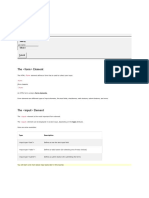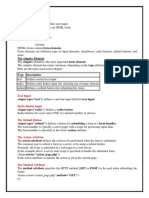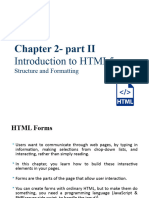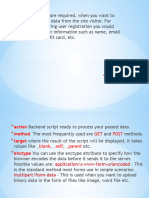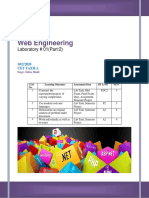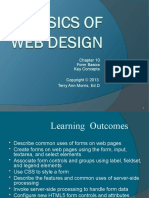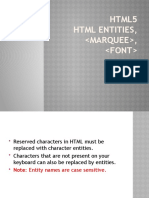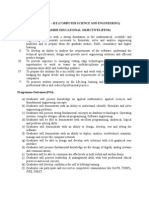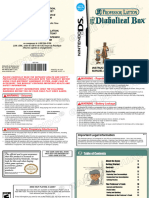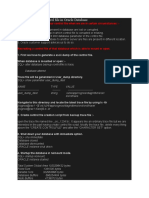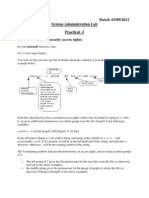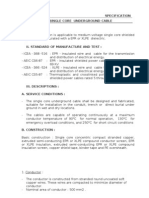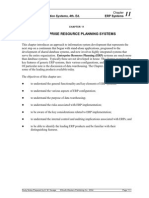0% found this document useful (0 votes)
56 views79 pagesHTML Forms: © Krupa Shah
The document discusses HTML forms and form elements. It explains that the <form> element defines an HTML form and contains form elements like text fields, radio buttons, and submit buttons. The <input> element is the most commonly used form element and can be defined as text, radio buttons, or submit buttons using the type attribute. It also covers other elements like <select>, <textarea>, and <button> and describes attributes that control form submission and behavior.
Uploaded by
BCASEM517HIMALAYCopyright
© © All Rights Reserved
We take content rights seriously. If you suspect this is your content, claim it here.
Available Formats
Download as PPTX, PDF, TXT or read online on Scribd
0% found this document useful (0 votes)
56 views79 pagesHTML Forms: © Krupa Shah
The document discusses HTML forms and form elements. It explains that the <form> element defines an HTML form and contains form elements like text fields, radio buttons, and submit buttons. The <input> element is the most commonly used form element and can be defined as text, radio buttons, or submit buttons using the type attribute. It also covers other elements like <select>, <textarea>, and <button> and describes attributes that control form submission and behavior.
Uploaded by
BCASEM517HIMALAYCopyright
© © All Rights Reserved
We take content rights seriously. If you suspect this is your content, claim it here.
Available Formats
Download as PPTX, PDF, TXT or read online on Scribd
/ 79




